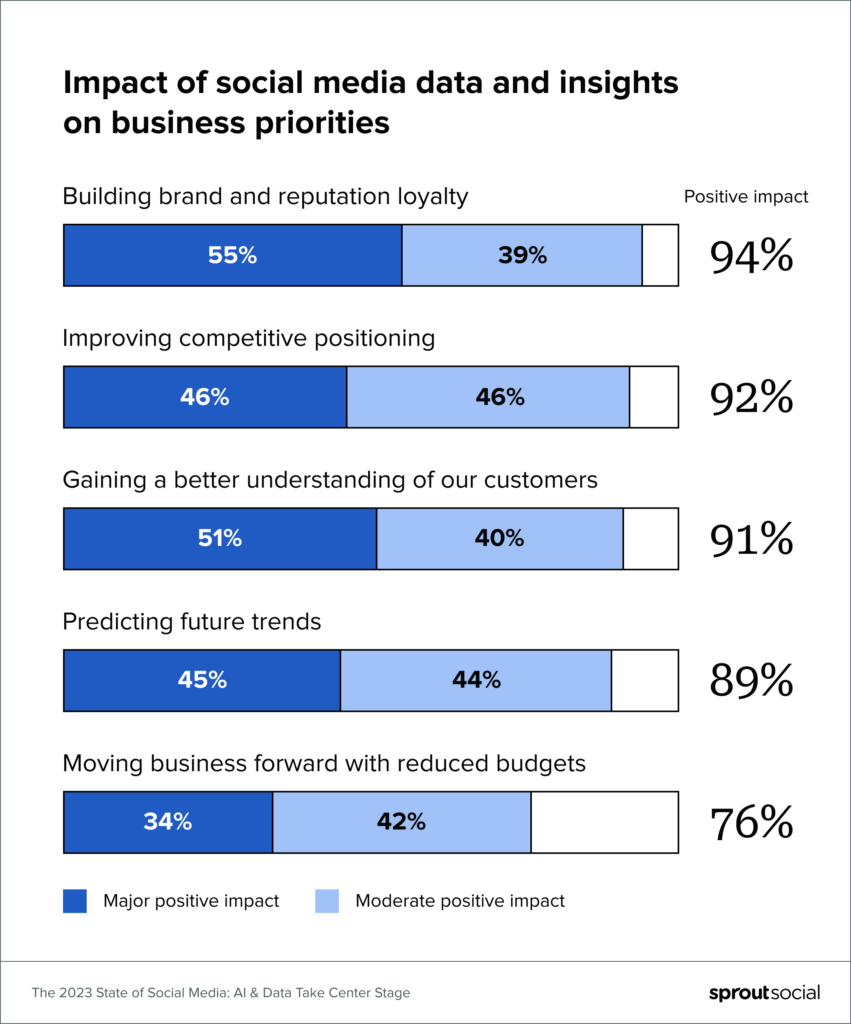
Data-driven businesses often outperform their competitors in terms of revenues and overall performance. Furthermore, they will likely win and retain more customers. When a business has access to consumer data, it is much easier to learn about the qualified translator demographics and preferences of its target market.
Data may aid in personalizing the customer experience, which can help gain an advantage over the competition. Companies may design more customized marketing strategies and deliver more tailored products and services after collecting and assessing client data.
This article will go over the many channels that can be used to do this job.
Email Newsletters
Creating an email newsletter is a great way to acquire client information. To subscribe to your newsletter, customers will often be requested to provide their email address in addition to their name. This is the bare minimum of information.
Following that, you will be able to collect further information from your customers via your email newsletter.
You may, for example, ask about the kind of information they are interested in viewing as well as the items and services that pique their interest the most. You could also use your newsletter to send one of your surveys to your subscribers.
Surveys
One of the most efficient approaches to gathering consumer information is to use a survey to directly elicit opinions from customers. You may collect specific information from site visitors by building and delivering a survey using a survey platform. This kind of survey may be initiated in response to certain site user behaviors.
You might also hire a qualified translator to interpret surveys that were initially created in a language other than English to get more meaningful information about your customers.
Web Tracking
Web tracking is the technique of recording information on website visitors, such as the sites they visit and any transactions they do, on the server of the website. Some websites use cookies to record customer preferences and browsing history on the machines of their visitors.
Data gathered via web tracking may be useful in determining client preferences and browsing habits. This might help you improve the functioning of your website and simplify your marketing strategy.
Social Media

Customers’ usage of social media platforms is a key source of both qualitative and quantitative data. Today, it seems like everyone, and their grandmother, has an account.
Post content and user reviews are both instances of qualitative data. For example, an online consumer may publicly praise your products by using the hashtag linked to your brand.
Quantitative data includes the number of shares, likes, followers, or click-throughs created by your social media content.
This information offers a low entrance barrier but a high return on investment. Using this way, you may have a firm idea of the kind of content and marketing that engages your target demographic.
Purchase Transactions
Your point-of-sale (POS) software system must be capable of collecting and reporting on each client’s transactions. At the very least, the buyer’s name must be associated with every transaction. It is good business etiquette to need it before completing a transaction or return. You will be able to categorize your customers based on a range of characteristics, like the amount of money they spend, the brands they prefer, their locations, and more. This allows you to create more targeted marketing campaigns, events, and promotions for your target demographic.
Phone Calls
Making phone calls to your customers is a good way to obtain information and build a connection with them. Use this method to gain a better understanding of how your customers are interacting with your product or service. It allows them to share how they engage with your business as well as their expectations. Your consumers might also choose to ignore the phone conversation entirely to safeguard their privacy.
Subscription and Registration

In many circumstances, providing customers with something in return for their engagement might motivate them to share information with you. If you want people to sign up for your newsletter, give them a reason to do so, such as a discount voucher or unique content that they can’t get anywhere else. This increases the probability that they will.
A customer loyalty program is an effective way to acquire information from current and future customers. They are expected to provide you with basic information such as their name, phone number, and email address in return for benefits.
One of the numerous benefits of this strategy for getting information about clients is that it is likely to result in conversions. Individuals who are willing to join email lists and loyalty programs are likely to be interested in your products or services.

